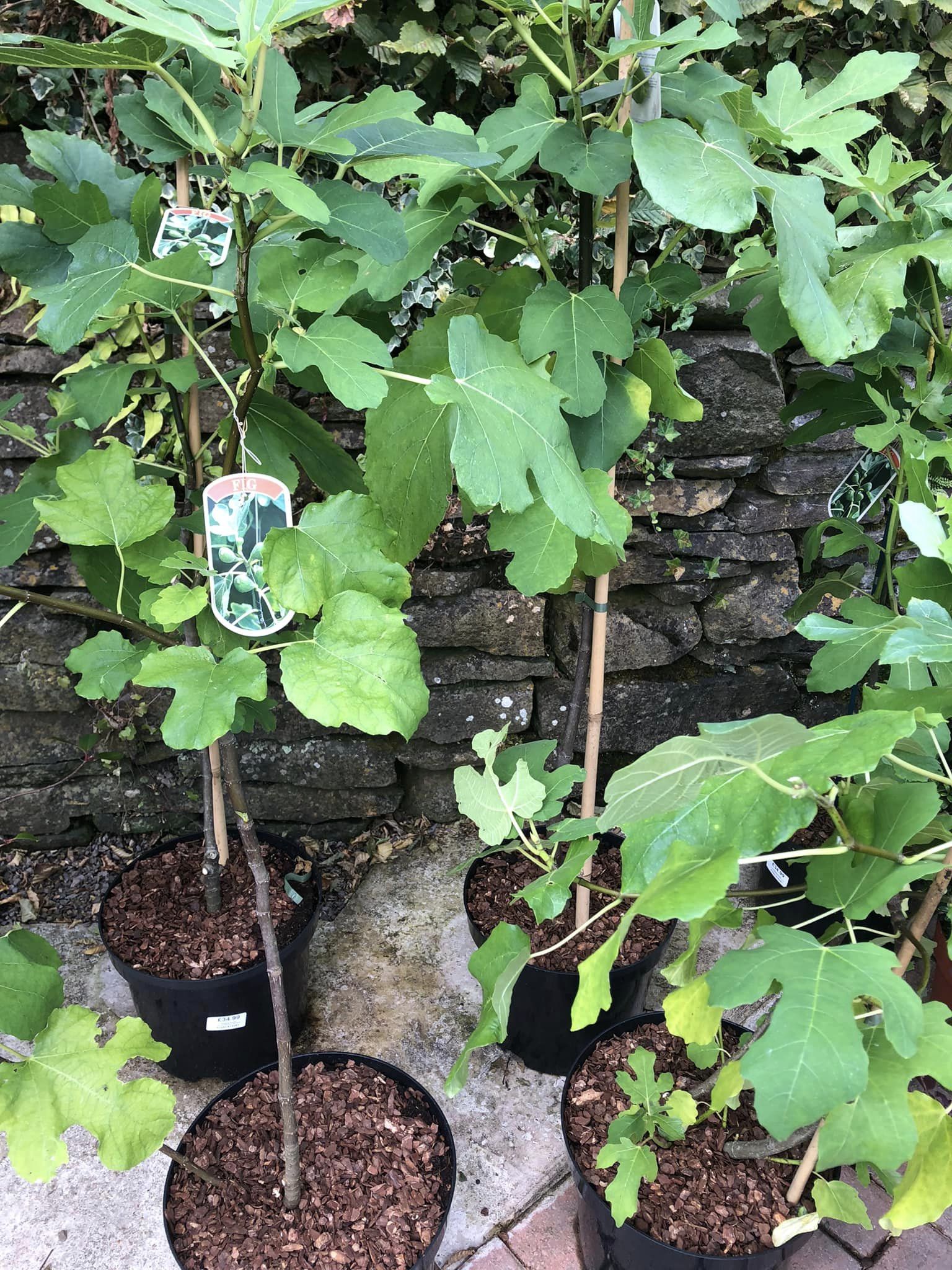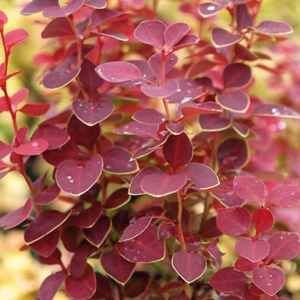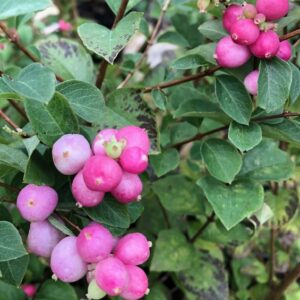Non Evergreen Shrubs, Shrub, Trees
Ficus carica Brown Turkey
£39.99
Common Fig 
Ficus carica Brown Turkey is a deciduous fruiting shrub with handsome foliage of large deeply lobed deep green leaves. It produces minute petal less flowers are contained in a hollowed-out receptacle, which enlarges to form edible fruit.
Fruiting from August to September, it can reach a Max Height of 3m, and a Max Spread of 4m. It will perform best in full sun, and fruits best when it’s root run is restricted. Hardy in the UK.
SKU: FICUS-BT
Categories: Non Evergreen Shrubs, Shrub, Trees
Tags: Architechtural interest, Delicious fruit, Fig, Interesting Leaves
Related products
-
Rated 0 out of 5
Hydrangea arborescense Anabelle
£14.99 Select options This product has multiple variants. The options may be chosen on the product page






